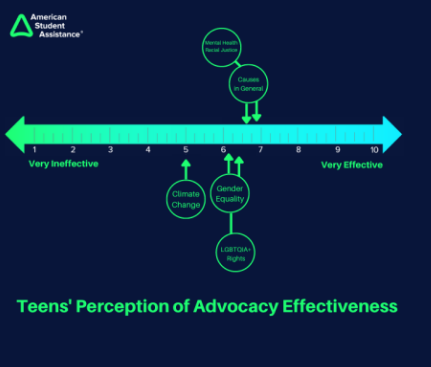At this year’s Transform24 conference, I joined my esteemed peers Blair Bennett of PepsiCo, Michael Yang of OMERS Ventures, and Jolen Anderson of BetterUp in a panel moderated by Virginie Raphael, the founder of FullCircle. We came together on the stage to talk about breaking old workforce cycles that no longer work, and building stronger ones that empower young people and organizations alike. From groundbreaking recruitment programs to the value of mentorship and organizational culture— these panelists really get talent development, and, as someone invested in the professional horizons facing American youth, it is all music to my ears.
A reality in today’s workforce: talent development isn’t a “nice to have.” It’s a truly necessary strategic investment. Doing it right requires overhaul of company culture, embrace of smarter and more strategic technology, and an “always learning” attitude that will frame how—and how often—employers provide their people with opportunities to learn and upskill. Make no mistake, though— it is an investment, and it’s one that employers are increasingly realizing will offer a very high return in the form of driven, talented workers with transferable skills and real staying power. The very smartest employers are realizing that wraparound, holistic support services for people—like mentorship, mental health services, financial wellbeing support and beyond—can transform them from a good place to work, to the place to work.
As exciting as workforce transformations are, my focus is primarily on what’s happening during children’s formative years and how strong career exploration can propel them into a stable and driven adulthood. As such, I framed my panel insights around a central truth: kids can’t aspire to careers if they don’t know those careers exist. And the truth is that some 65% of today’s kids who leave high school don’t think they had enough career education to prepare them for what’s next. They’re still told that it’s college or bust, when in fact, the arguments for that route don’t really hold water for many young people.
For employers, it translates to this: you can have the best organizational culture and upskilling programs on earth, but if your talent pipeline continues to pull from the same sources (typically the degree-holding pool), then it’s really time to revisit your strategy. Rethinking your recruitment strategy and finding new ways to connect with eager job-seekers who are outside of that degree-holding pool is crucial. It’s imperative that organizations help kids understand, from a younger age, what real-world skills they’ll need to build in order to work in specific roles within specific organizations. Give them that head start, and you’ll soon reap the benefits.
There are so many talent development programs emerging in forward-thinking companies that are really bridging the gap between learning and earning. Whether that’s by offering internships, like those at PepsiCo, or dual enrollment programs that let high schoolers earn college credit. It could be through apprenticeships, microcredentialing programs, bootcamps, or beyond. The more (and the earlier) we give kids the chance to test and try jobs, while building skills that employers desperately need, the stronger our workforce will be. As these organizations know, the burden of skilling and preparing the workforce can’t exist in a vacuum and it can’t solely happen in schools or even in higher education. Our teachers are badly overstretched. Guidance counselors are perhaps even more so, and are often dealing with a ratio of 450 students per counselor at a typical school.
We also talked about something really important; something I spend a lot of time thinking about. Namely, the need to overhaul how we, as a society, message and define success to kids. The picture of postsecondary success has got to transcend the college degree. We’ve got to invest in programs that give more kids freedom to explore and permission to do something vastly different than their parents might have done. Going into a vocational education program after high school isn’t “less than.” It’s far from it, as we so often see when we meet young people who start technical training programs right out of high school and start earning upwards of $50,000, right out of the gate. And finally, the most important thing we can tell young people is this: success doesn’t have an end-point. Your learning and growth must be a lifelong journey that isn’t confined to any one classroom or job.
When employers, kids, teachers, parents, and counselors all understand the value of lifelong learning, we’ll be one step closer to a stronger workforce. Helping people come to that realization is the best investment we can make.




